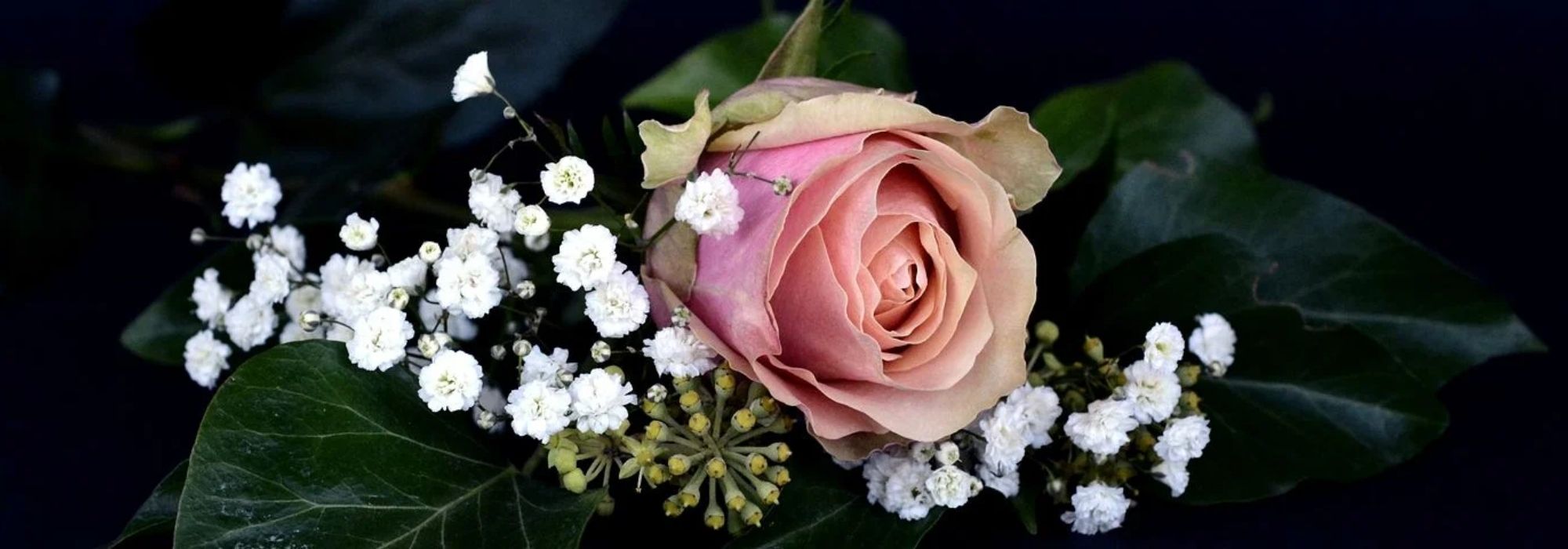
Plants and perfumery
From garden to perfume bottle
Contents
Nature offers a reserve of exceptional scents for perfumers – whether from the flower itself and fruits, but also from leaves (aromatic plants), bark, stems, resins, seeds, wood or roots. Over the years, perfumers have developed techniques to extract the essence and preserve the quality of the original fragrance.
Today, we distinguish 7 major olfactory families, subdivided into subcategories (facets) to create a universal classification, which continues to improve with technological advancements and new scent discoveries.
Like a conductor, perfumers then orchestrate the different notes (top notes, heart note and base note) to create a fragrance for women, for men or for children. To better understand how all this comes together, we will study the composition of 4 major perfumes: Libre by Yves Saint Laurent, J’adore by Dior, Invictus Victory by Paco Rabanne and Sound of the Brave by Diesel.
Which parts of the plant are used in perfumery?
Beyond flowers and fruits, perfumers use other parts of the plant to harvest precious fragrant substances:
- Flowers: rose, lily of the valley, lilac, mimosa, freesia, syringa, daffodil, hyacinth, jasmine, orange blossom, magnolia, gardenia, ylang-ylang, tiaré flower, carnation, wallflower, violet…
- Fruits: citrus trees, vanilla, coconut, melon, watermelon, grapefruit, kiwi, peach…
- Leaves: lavender, rosemary, thyme, sage, wormwood, mint, patchouli, eucalyptus, geranium…
- Roots: iris, vetiver, gentian…
- Wood: sandalwood, cedar, cypress, birch wood…
- Barks: guaiac, cinnamon, amyris…
- Resins and gums: myrrh, frankincense, benzoin…
- Fragrant plant seeds: cardamom, coriander, ginger, anise, juniper berries, nutmeg, pepper…
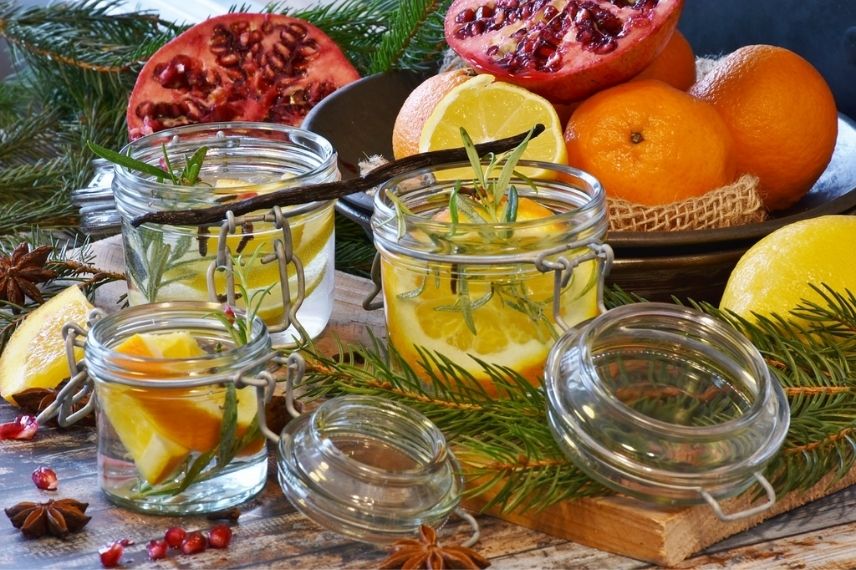
Read also
10 fragrant and scented plantsHow to extract the fragrance from the plant?
The extraction of fragrance from aromatic plants can be carried out using different techniques: depending on the method used, the extracts are referred to as “essential oils” or “absolutes.” Among the extraction options are:
- Hydrodistillation: placing the plants in water on a perforated tray situated above a still filled with water to be heated. The steam condenses to become essential oil.
- Enfleurage: hot enfleurage involves placing the plants in pots to melt them in fat. Cold enfleurage consists of spreading them on both glass plates of a frame, covered with odourless fat. This technique is recommended for delicate flowers, such as jasmine or daffodil.
- Extraction with volatile solvents: this involves dissolving the fragrant material in a solvent (hexane or ethanol) that will then evaporate.
- Cold expression: recommended for collecting essence from the peels of citrus trees, this process uses a hydraulic press, before separating the essential oil from the fruit juice by centrifugation.
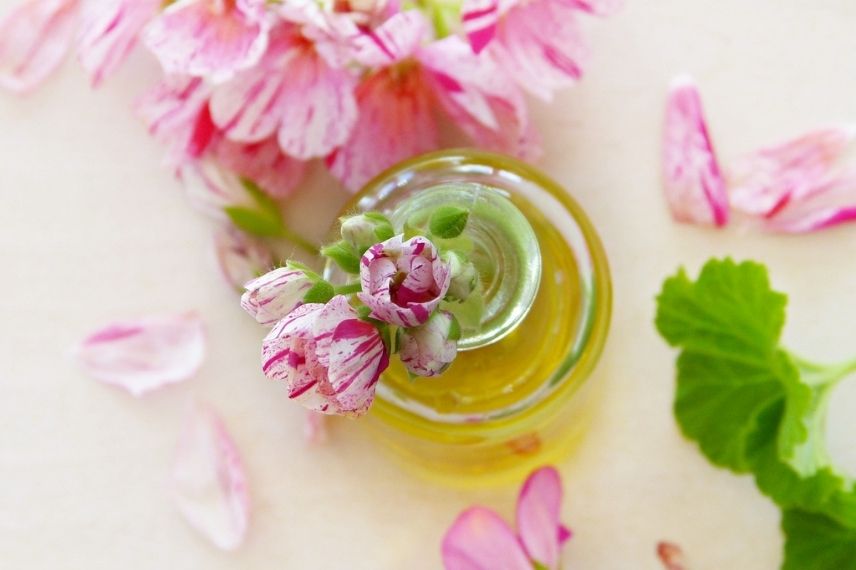
Les sept groupes d'odeurs fondamentales sont : 1. Floral 2. Fruité 3. Épicé 4. Résineux 5. Animal 6. Terreux 7. Fumé
Faced with the wide variety of scents, perfumery has identified 7 main families of fundamental odours (which are further divided into several facets or subcategories):
- Aromatic
Composed of fragrant plants such as thyme, rosemary, and sage, the aromatic family plays a significant role in masculine fragrances, imparting a virile note. Traditionally, it pairs well with fresh and invigorating hesperidic accords or spicy notes.
- Woody
The main ingredients of the woody family include sandalwood, patchouli, cedar, and vetiver, typical of masculine perfumery: these are warm, elegant, and dry accords that can be combined with aromatic, marine, fruity, or musky notes.
- Chypre
Named after the fragrance “Chypre” by François Coty, released in 1917, the Chypre family encompasses characterful essences, easily recognisable, such as bergamot and oak moss, which are then softened by other floral or fruity notes.
- Floral
Essential and abundant, the floral family includes all perfumes based on a flower or a floral bouquet (lilac, daffodil, violet, rose…). Natural and fresh, it is highly appreciated in feminine perfumery, often accompanied by greener, fruity, or spicy notes.
- Fougère
Contrary to what its name suggests, the fougère family encompasses a range of lavender and woody scents, with notes of geranium, for example. Typically masculine, this fragrance is then crafted to become amber, spicy, aromatic, or fruity.
- Hesperidic
Including all essential oils extracted from the zest (grapefruit, lemon, orange, mandarin), the hesperidic family is associated with freshness and lightness, often accompanied by floral, chypre, or woody accords.
- Oriental
Renowned for its soft and powdery scent, the Oriental family is sensual and animalistic, characterised by musks, vanilla, and precious woods… Women’s perfumes are often accompanied by spicy and floral notes, while fresher aromatic notes are more favoured in the masculine realm.

How is the harmonisation of aromatic plants orchestrated?
Based on this precise classification of scents, perfumers construct their fragrance by balancing each note of the olfactory pyramid (%):
- Top notes (30%): the most volatile parts of the perfume, they refer to the scents released immediately after spraying, which will evaporate within 30 minutes to 1 hour. Generally, they consist of green and fresh aromas (mint, basil…), citrus (lime), or flowers (lavender, neroli).
- Heart notes (50%): these unfold over several hours and give the fragrance its character. They can include floral scents (rose), woody (fir, juniper), or spicy (clove, black pepper).
- Base notes (20%): with the longest evaporation (lasting several days), they anchor the perfume with woody and smooth accords – obtained from wood, roots (ginger), amber, honey, musk, or vanilla.
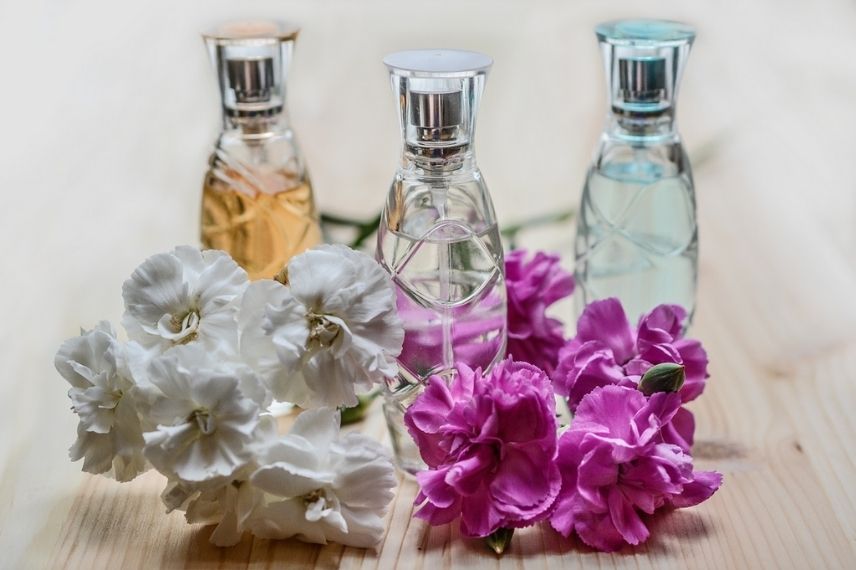
Understanding the olfactory pyramid through an example
To better understand how the composition of a fragrance is orchestrated, here are descriptions of world-renowned scents:
- The Oriental “Libre” by Yves Saint Laurent
Belonging to the Oriental family, the women’s fragrance Libre by YSL is composed of mandarin, lavender, blackcurrant, and petit grain as top notes, jasmine, lavender, and orange blossom as heart notes, and vanilla, cedar, ambergris, and musk as base notes. Dominant, lavender is more commonly used for men, but the light, fruity, and floral touch adds a feminine aspect to this fragrance, enhanced by the sensual and woody base of the bottom notes.
- The Floral “J’adore” by Christian Dior
Belonging to the Floral family, the women’s fragrance J’adore by Dior is composed of mandarin as top notes, rose, peach, jasmine, violet, plum, ylang-ylang, lily of the valley, and champaca as heart notes, along with white musks, sandalwood, and vanillin as base notes.
The perfect gathering of the most beautiful flowers cherished by Christian Dior: the exotic softness of ylang-ylang, the exuberance and sensuality of Damask rose, the refined violets and champaca flowers, not to mention the sambac jasmine from India combined with jasmine from Grasse.
- The Aromatic “Invictus Victory” by Paco Rabanne
Belonging to the aromatic family, the men’s fragrance Invictus Victory by Paco Rabanne is composed of lemon and pink pepper as top notes, lavender and olibanum as heart notes, and vanilla, tonka bean, and amber as base notes.
Over the hours, the fragrance evolves from fresh and intense scents to a Mediterranean heart sprinkled with a hint of incense, warming into a smooth and sensual base.
- The Enchanting and Strong “Sound of the Brave” by Diesel
Belonging to the Fougere family, the men’s fragrance Sound of the Brave by Diesel is composed of juniper and lemon as top notes, a bison grass accord as heart notes, and amber woods as base notes.
An essence of conviction and assurance that, beyond the initial fresh scents, releases an aroma reminiscent of dried vanilla, derived from the fragrance plant, bison grass, predominant at the heart. All accentuated by a masculine note, carried by patchouli essence, a touch of sweetness with vanilla and musk, not forgetting the enchanting scent of amber woods.
A perfume composer is traditionally referred to as a “nose”: without necessarily having an exceptional sense of smell, he must work on his olfactory memory to differentiate between plants and fragrances, starting from an idea, a small melody, to create a symphony, much like a music composer…
- Subscribe!
- Contents
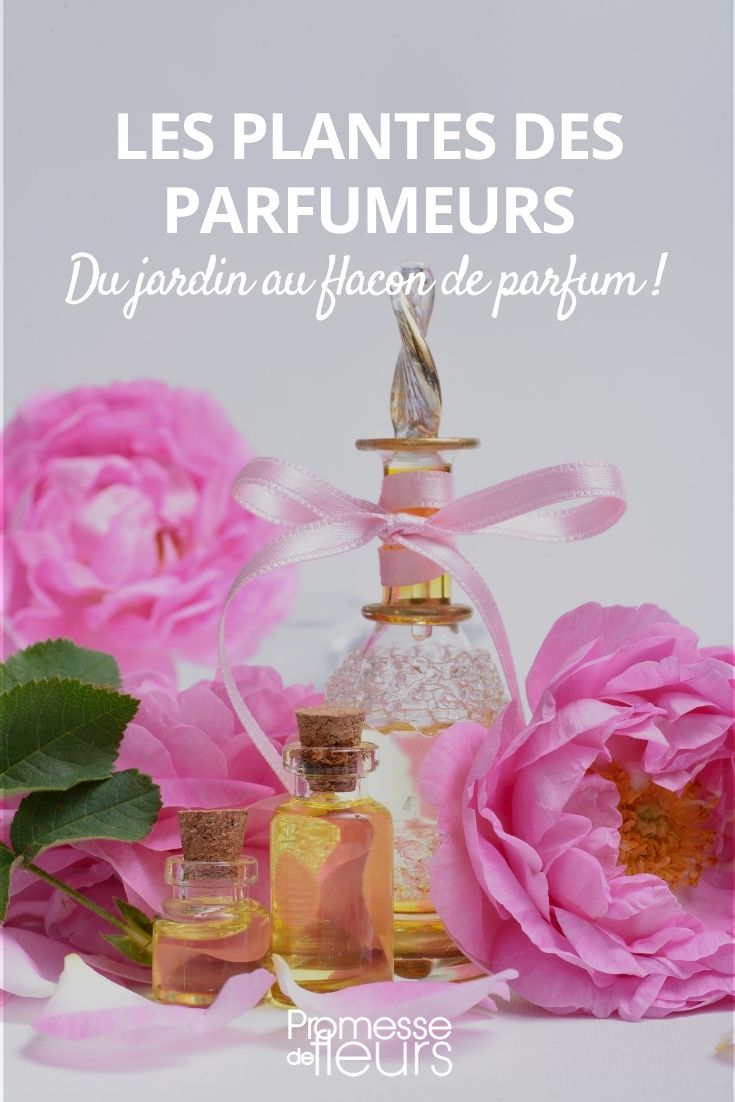































Comments